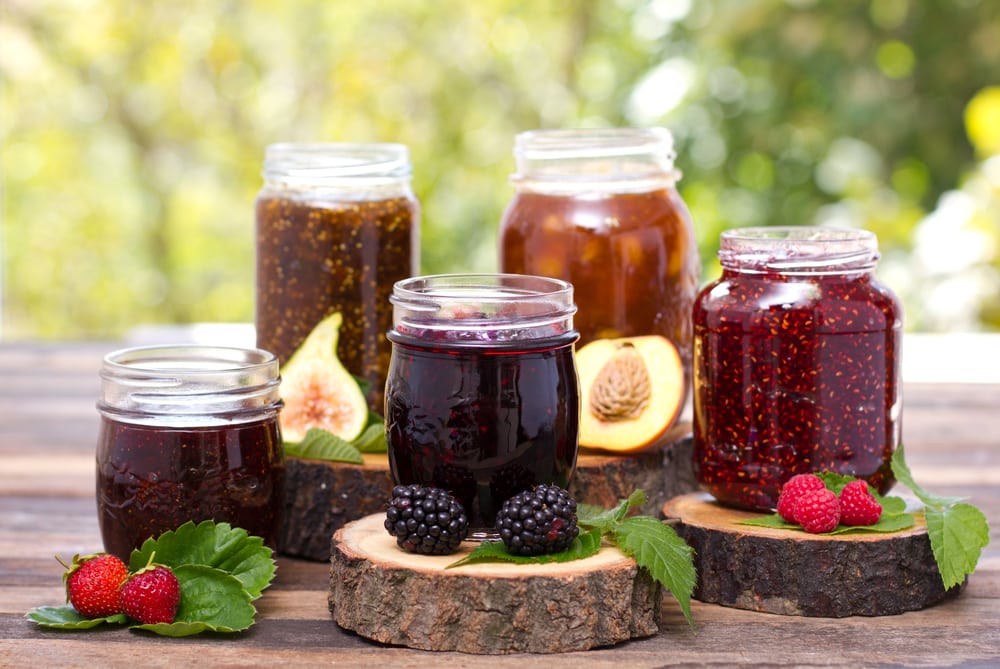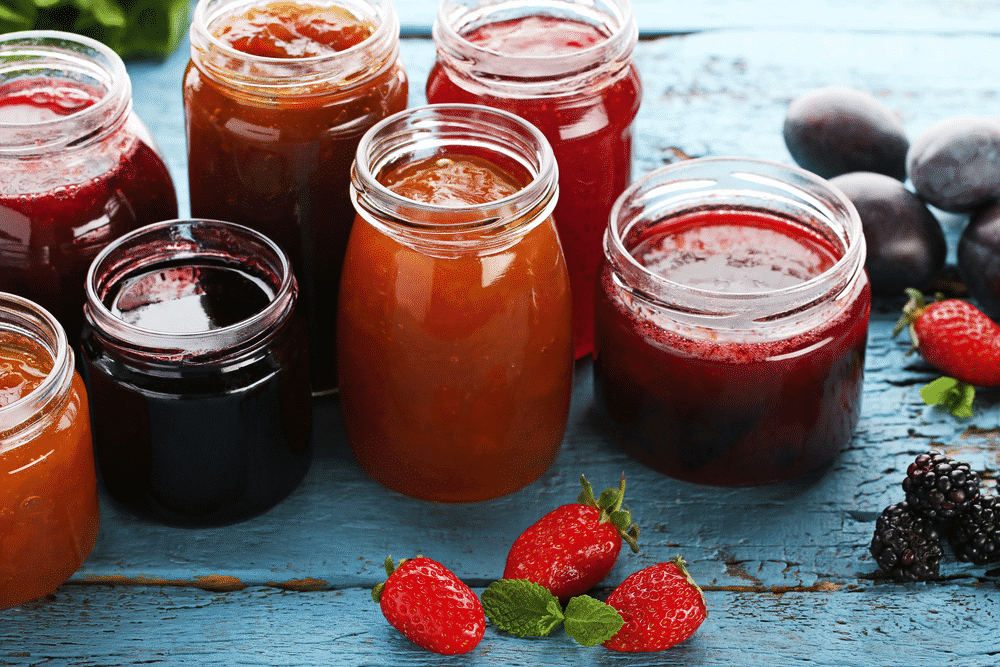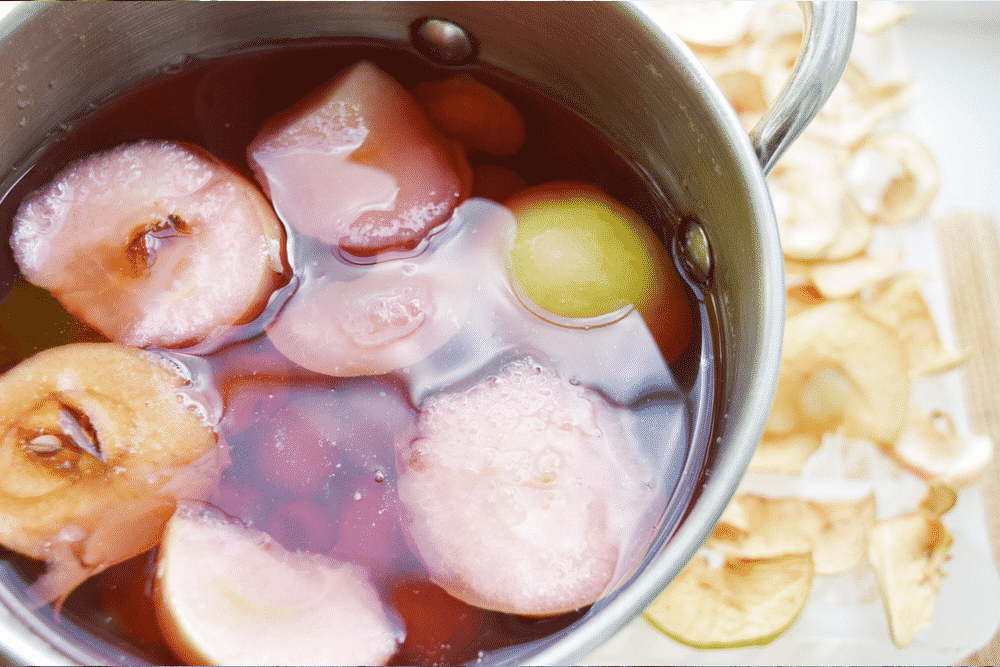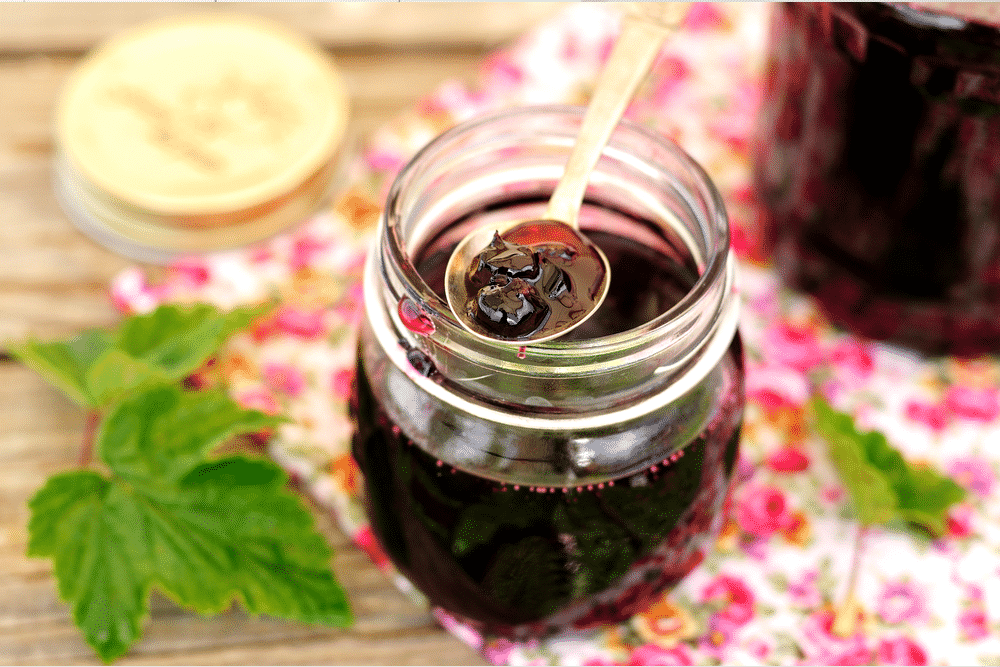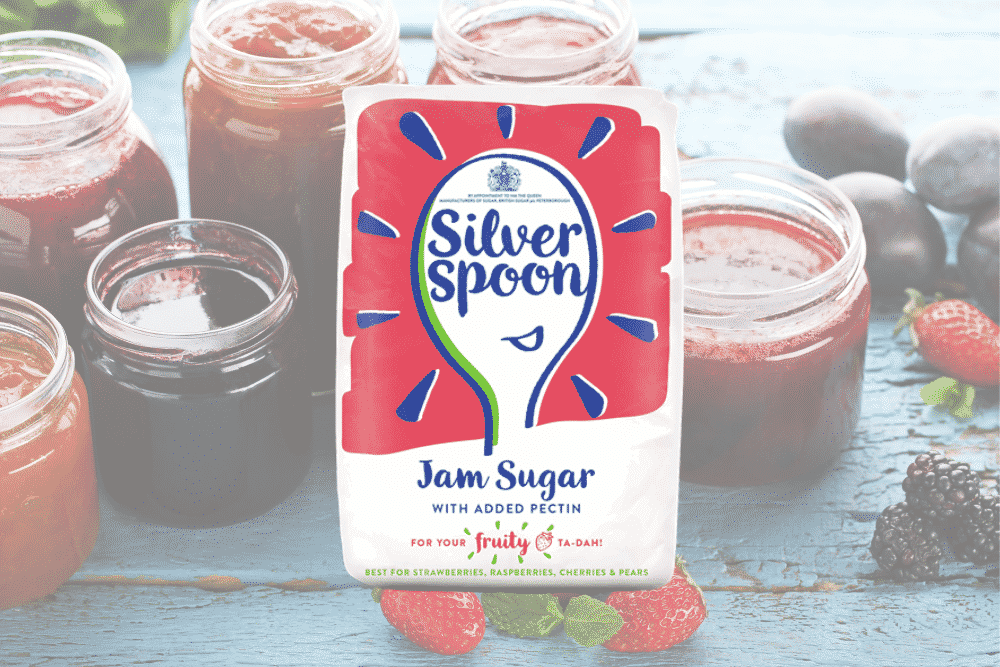
Jam is a popular type of food that people add to their daily food routine, being a breakfast staple for most people.
However, most commercial jams are packed with unnecessary sugar, which makes the food unhealthy for people on a diet.
Jams from organic markets and brands are better, but they can be hard to find in local convenience stores.
Because of this, many people like making homemade food. Making jams at home is a friendly option. Once you have mastered the right technique, it is easy to make a homemade jam without filling it to the brim with sugar.
And one of the most important elements of homemade jam that gives it proper sweetness and a thick consistency is jam sugar. If you have made jam at home, you would know how important jam sugar is.
Jam sugar contains pectin and citric acid that helps in preservation. The combination of acidity, sugar, and pectin allows jams and jellies to gel and set properly.
However, if you have no jam sugar available, there’s no need to worry. You can still make a delicious fruit jam by going with our list of jam sugar substitutes.
Why Is Jam Sugar Necessary?
A loose, flimsy jam would be a total disaster, so jam sugar gives the much-needed firm texture. Pectin is essential for setting the jam firmly in place. It dissolves in the fruit juice and gels the mixture when the jam cools down.
Each fruit has a certain amount of pectin. However, some fruits have a low pectin content. Thus, beginners may end up making a jam that loses its shape quickly.
To solve this problem, jam sugar is added to make a firmer jam. Whether you require jam sugar or not depends on the type of fruit you need.
For example, low-pectin fruits rely on jam sugar like strawberries, blackcurrants, and blueberries to give them firmness as a jelly or jam spread. If you don’t use jam sugar, the consistency will be too runny.
Jam sugar with fewer carbohydrates and sugar are available now to make jams that can easily be included in low-calorie diet plans.
Jam Sugar Substitutes
There is no decent alternative for jam sugar. The only substitute option you have is to use sugar and pectin separately in any jam recipe.
You can swap sugar out for other options or use pectin only to make unsweetened jam. If you can’t find pectin, you can make some at home.
Home-Based Jam Making Tips
Keep a few tips in mind, like:
- Always use fruits that are not overripe or wet. Overripe fruits have less pectin.
- To make the best use of pectin in the fruit, soften the fruits thoroughly while simmering. After softening, the pectin released will react with sugar to help set the jam.
- It is important to note, if you do not let the fruit cook thoroughly and add sugar before time, the jam will not set and be firm.
- Frozen fruit loses some amount of pectin, so either use fresh fruits or add extra pectin while cooking. Remember, for most berries, you’ll have to add pectin regardless of the fruit is frozen or not.
- Do not cook the fruit for too long or at a high temperature; the natural pectin in the fruit will not extract and the water will have boiled off. The resultant jam is stiff and hard.
In certain cases, the jam may become harder than you would’ve liked. Just make sure not to add too much sugar to the mix.
White granulated sugar is best for jams as it improves the consistency and overall texture. You can add pectin to it if jam sugar is not in hand. Pectin is found in both powder and liquid forms.
The difference is that powder pectin is added at the start of cooking with sugar before boiling. The liquid one is added at the end, once the sugar is boiled. Avoid mixing the two, as that can ruin the consistency of your jam.
1. Ratio Of Pectin To Add
If you want to make a cup of jam, add three tablespoons of sugar, and one and a half teaspoons of both pectin and citric acid. This is just an idea of the amount you can add.
However, depending on the manufacturer you buy pectin from, the quantity will differ. The reason is that each manufacturer gives a different sugar to pectin ratio.
Pectin is a water-soluble substance, and it forms a gel when it reacts with sugar and citric acid.
Another benefit of pectin in jams is that it reduces the cooking time giving a better flavor. The benefit of adding pectin yourself is that you can adjust the quantity of pectin.
In addition to this, remember that liquid pectin is often used in greater quantities than powdered form– so if you are used to making homemade jams with liquid pectin, try using fewer amounts when you’re adding the powder to the recipe. This will help you avoid an overly stiff jam.
2. Homemade Pectin Recipe
You can make your pectin by using or cooking crab apples. Apples and citrus fruits are naturally high in pectin, and they’re a great organic source of this compound.
If you’re not a fan of commercially available powdered pectin or have apples lying around that you want to put to good use, then follow our homemade pectin recipe to achieve excellent jam consistency results.
To make pectin, you’ll need 2 quarts of apples with cores and peels. You can use whole unpeeled apples as well, just make sure to chop them up into 1-inch pieces. Unripe and tart apples have a higher pectin content, so avoid using the sweet ripe ones.
Next, all you have to do is boil apples in water and extract the pulp through a metal sieve. Leave it overnight and boil the liquid till half is boiled away. This is your homemade liquid pectin.
3. Sugar Substitutes For Jam
Don’t like using granulated white sugar? Or maybe you don’t want to elevate your jam recipe by adding different sweeteners? Then don’t fret- there are tons of options to use as sweeteners in jams instead of white table sugar.
- Honey is the go-to sugar substitute for most people. However, it’s important to reduce the liquid for every quarter cup of honey used. Otherwise, honey can make the jam quite runny. As for the quantity of honey to be used, add ½ to 1 cup of raw honey to 4-5 cups of fruit. Remember, honey has its own taste which it’ll add to in a preserved jam.
- Maple syrup is also a useful healthy substitute. It’s important to note that maple syrup can’t fully replace sugar and is only added to enhance the taste. So for a recipe that requires 4 cups of sugar, you’ll need to add 3 cups of sugar plus ⅔ cup maple syrup.
- Concentrated fruit juices pack a punch that can give jams more bursts of fruity flavor. You can get these from any supermarket or make them at home. All you need are some squeezing fruits like grapes. Extract the fruit juice and let it cook for hours until it reduces to a concentrate. Pour it into a jar and process it under boiling water for around 10 minutes. Add to taste as different fruits have differing sugar content.
Jam sugar will help set runny jams like strawberries or raspberries. You may not need it in every fruit, because most fruits contain pectin in considerable amounts. However, in some cases, this does become essential.
If it is low in pectin, then you must add jam sugar, or else you won’t like the jam; it’s going to be loose and runny.
Most fruit jams work well without gelling sugar proving that it is just an additional ingredient in recipes of fancy chefs.
Enjoy making jams and make sure to keep a balance between pectin and sugar when making jam at home without jam sugar.
